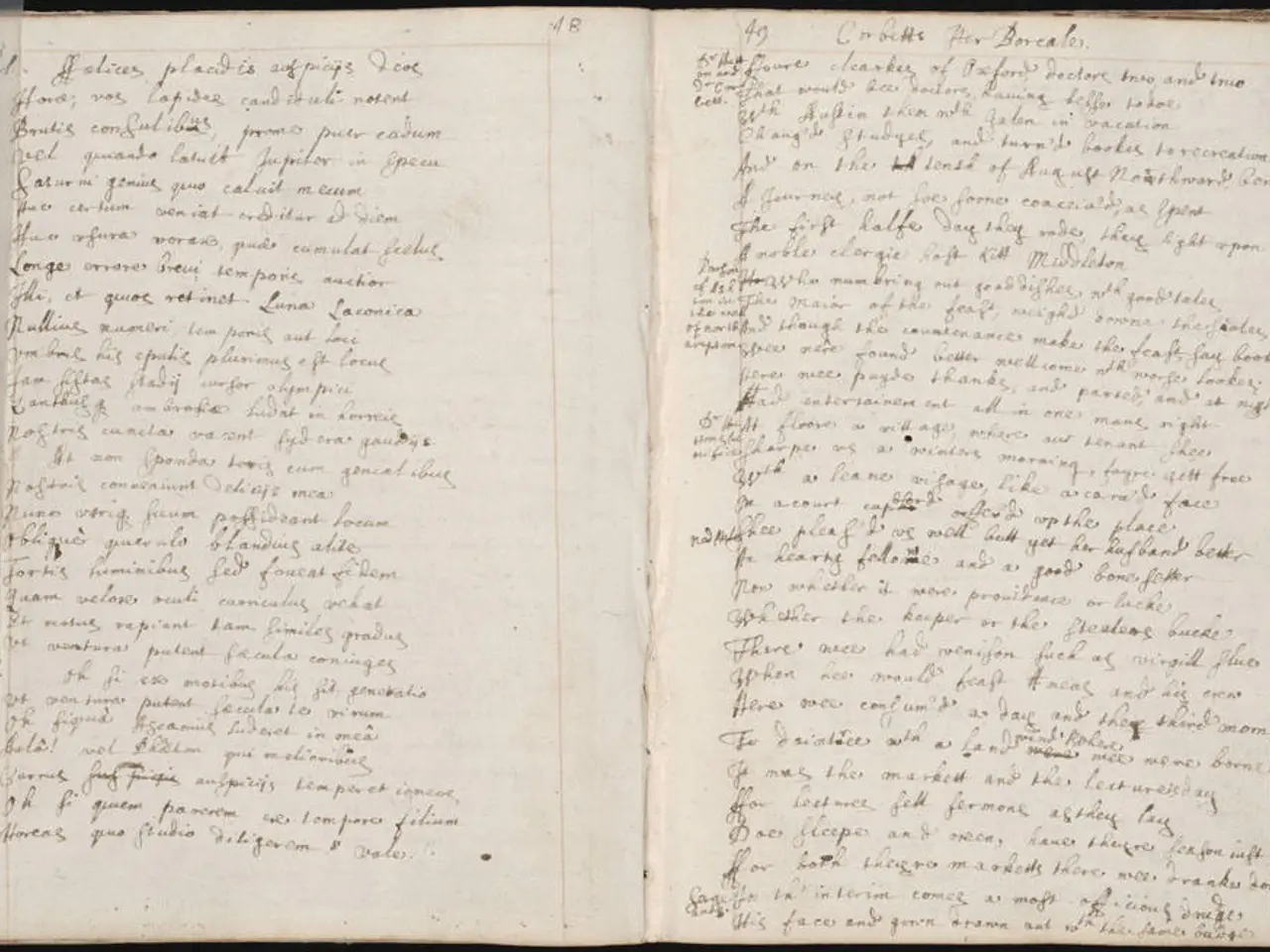Stroke Symptoms and Strategies to Minimize Your Chance of Suffering One
Strokes are medical emergencies that require immediate attention. They occur when the blood supply to part of the brain is interrupted or reduced, leading to brain tissue damage. Up to 80% of strokes can be prevented by managing key risk factors such as high blood pressure, type 2 diabetes, high cholesterol, atrial fibrillation, and making healthier lifestyle choices.
Recognizing stroke symptoms is crucial for prompt treatment. The FAST acronym serves as a quick and reliable way to identify the most common stroke warning signs.
- "F" in FAST stands for checking the face for a drooped mouth. If one side of the face appears to be drooping, it could be a sign of a stroke.
- "A" in FAST stands for checking if the person can lift both arms. If one arm drifts down, it may indicate weakness on that side.
- "S" in FAST stands for checking if the person's speech is slurred or if they understand you. Slurred speech or difficulty speaking and understanding speech are also signs of a stroke.
- If something feels off, don't put off speaking with a doctor.
It's essential to remember that time is brain. The sooner a stroke is treated, the better the chances of recovery. If you observe any of these signs, call 000 immediately.
Ischaemic stroke, caused by a blood clot blocking a brain vessel, accounts for about 85% of strokes. Symptoms typically include sudden numbness or weakness in the face, arm, or leg (especially on one side), sudden confusion or trouble speaking or understanding speech, sudden difficulty seeing in one or both eyes, sudden difficulty walking, dizziness, loss of balance or coordination, and a sudden severe headache with no known cause.
Prevention of both ischaemic and haemorrhagic strokes largely overlaps and focuses on controlling risk factors. Managing high blood pressure, controlling diabetes and cholesterol levels, avoiding tobacco use, eating a healthy diet, maintaining regular physical activity, managing heart conditions such as atrial fibrillation to prevent clots, and limiting alcohol consumption are all important steps in reducing the risk of stroke.
Regular health checks with a GP to assess blood pressure, cholesterol, diabetes risk factors, and heart rhythm are essential. If you're on any medications for hypertension, high cholesterol, or diabetes, ensure you use them as prescribed.
Maintaining a healthy weight is also crucial. Obesity can lead to higher blood pressure, diabetes, and overall cardiovascular risk. Regular physical activity can help in controlling weight, blood pressure, diabetes, and cholesterol.
Early detection and treatment of transient ischemic attacks (TIAs or ministrokes)—brief episodes of stroke-like symptoms that resolve within 24 hours—are vital because TIAs signal a high risk of a future full stroke.
A stroke is always a medical emergency, and if you see any stroke warning signs, remember the acronym FAST and call Triple Zero (000). Regular learning about stroke prevention and facts is advisable, such as from the Stroke Foundation's website.
- Healthier lifestyle choices, including weight management, movement, and nutrition, can help prevent up to 80% of strokes.
- Recognizing stroke symptoms promptly is crucial for immediate treatment, where one side of the face appearing drooped, arm weakness, and slurred speech are common signs.
- Strokes are medical emergencies that call for immediate attention, as the longer they remain untreated, the higher the brain damage and possibility of long-term disabilities.
- Smoking is a risk factor for chronic diseases and strokes, and quitting smoking can significantly reduce this risk.
- Science and medical advancements play a vital role in understanding strokes and developing therapies and treatments to minimize their impact.
- Mental health cannot be overlooked, as stress and anxiety are known to contribute to high blood pressure and unhealthy lifestyle choices that may lead to strokes.
- Proper nutrition and cardiovascular health are essential for general wellness and the prevention of conditions like high blood pressure, diabetes, and cardiovascular diseases, all of which may increase the risk of strokes.
- Responsible gambling is necessary to avoid adding another risk factor to one's life – casino and gambling activities can lead to stress, anxiety, and other potential health issues that may worsen overall health and wellness.




